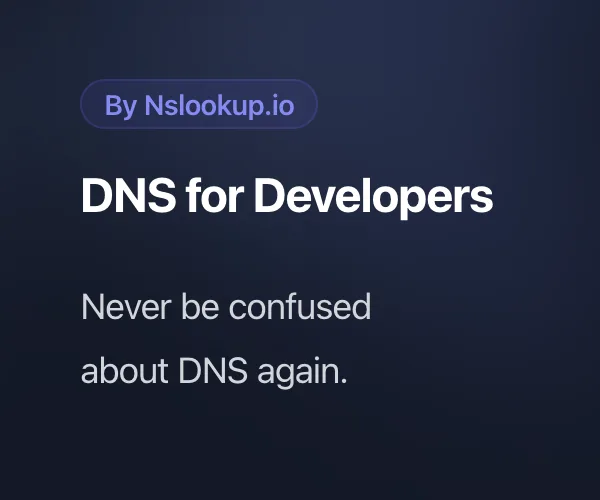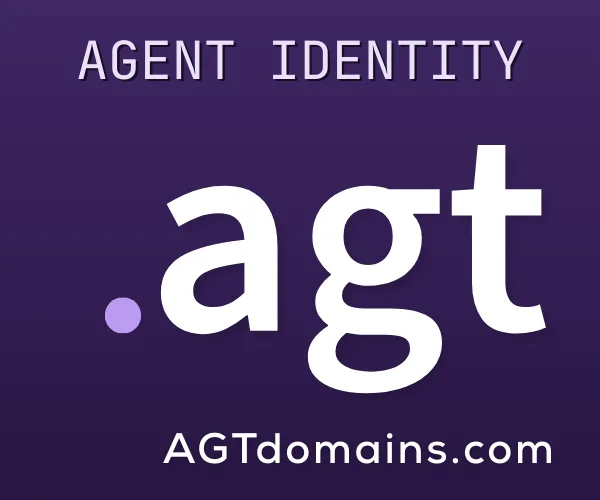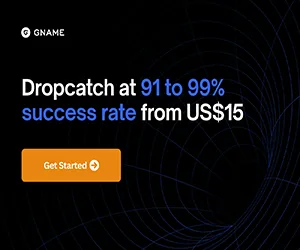Edward Balassanian is the founder of Strings.com, a service that allows users to connect all of their online accounts and lets them see their data in an organized fashion. Strings.com also allows users to find information that is relevant to them. I contacted Edward to discuss the fantastic keyword domain and discovered this new service.
Mike: Can you tell me a little bit about yourself?
Edward: I've been in the community here is Seattle for a close to 30 years now. I started off at the University of Washington. I have a degree in computer science. Then I went to Microsoft in the early 90's. After that, I started my first business which was called BeeCom which, unlike our current startup, had a horrible name. But that company's success allowed myself and the team to jump onto this venture which we've been doing for a couple of years now.
Mike: Is the team behind Strings the same team from BeeCom?
Edward: When I started BeeCom, I was pretty young and so was the team I hired. We were all sort of green. We managed to get a lot of arrows in our backs along that journey and we worked really well together. We all went off and did our own thing between BeeCom and this company and then reconvened for this one.
BeeCom was in a completely different space. We were building operating systems for the digital home. We were one of the pioneers in developing portable media players and in streaming multimedia content into the home and around the home.
Mike: Tell me about Strings and how that came about: Edward: We all had this facination with crunching alot of data. Part of the problem we played around with in the first company was getting the right content to the right user. We worked with companies like Sony Pictures and Time Warner and Disney. The libraries they had were growing and the amount of digital content that was available in both movies and music was well beyond any consumers ability to be able to sift through. So we were faced with the question of "How do you remove all of these choices for the user and actually bring them things that they really want?" At that time, it was sort of impractical to throw that many computer resources at that type of problem. Also, users weren't comfortable with the idea of a computer figuring out what they would want.
With Strings, it was a completely different market. Now, users were much more invested in their online environments and they were consuming more and more things online. The problem of being able to tell us what article you're reading, what books you purchase, what groceries you buy, which movies you watch... we do a really good job of helping you filter the choices that are competing for your attention so you can discover the things that are really interesting and relevant to you. That was the genesis of Strings.
Mike: How does Strings work today? How does it serve your customers?
Edward: Right now, we're focused on three elements of the site. First, the idea of connecting your online accounts. Take all of the accounts you have, all over the web and connect them back to Strings. Then you can see all of your activity across those accounts, aggregated in a single stream. As a user, it's very valuable for me to be able to see all of my activity, all of the products I've purchased whether it's groceries or furniture, electronics, etc. All of that is organized by Strings. I can get a break down of how much I've spent in different categories and see a time line of when I've been spending and how much I've been spending.
The second aspect of the site is that it allows you to follow other people and see what they are up to , to the degree that they want to share it with you. That was the elementary step we wanted to get behind us and that was what the launch was focused on.
The next phase for us, which we announced earlier this Spring, was to go beyond this idea of track and share and actually incorporate this notion of discovery. That's the part we are working on now that will allow us to identify real time trends that are relevant to you based on the types of things you are already consuming. So if you are reading an article and you are really into organic foods, we can identify organic food products at Amazon Fresh that people that are very similar to you have a high affinity for.
Mike: How do you track the data?
Edward: We don't do anything without the consumer opting into it. When you sign up at the site, you can select from 60 different online merchants that we work with right now and allow your account to be connected back to your profile at Strings. Once you set up your account and connect it to Strings, your activity is automatically logged for you on Strings.com. It's completely private. At that point, you can choose if you want to share it or not.
Mike: Are you integrated at all with the social networks like Twitter and Facebook?
Edward: We have integrated with social networks in two ways. One, we have the ability to track. So if you have a Twitter or Facebook account, then you can connect your accounts back to Stings and then any articles, photos or videos will get aggregated back to your account on Strings. You can also have Strings tweet your activity or push it out to your favorite social network.
Mike: What's your current user base?
Edward: We are not disclosing our user base yet, but we will be soon. I can tell you our activity level. We have over 5 million unique items tracked and we're getting a new item tracked per second. That's a metric we hit way faster than we thought we would.
Mike: Where did you pick up the domain name, Strings.com?
Edward: I purchased it personally, over a decade ago. I purchased it, interestingly enough, from a watermelon farmer in Oklahoma who I come to find out owned a lot of nouns and verbs in the dictionary.
Mike: What did you pay for it back then?
Edward: I paid $25,000 which I felt was exorbitant and I felt foolish. Now I feel vindicated. I actually ran into a colleague of his who remembered that sale and said it was once of his last sales before he moved his domains to parking.
Mike: Can you tell me what kind of traffic the site receives?
Edward: No, we are not disclosing traffic yet but we will in a few months. I can tell you the name has helped quite a bit. We haven't taken advantage of the name in terms of marketing because we didn't want to get to cute with it. It's such a good name that we want to evolve the brand slowly. We also haven't done anything to invest in SEO yet either, but will be included in our next release.
Mike: Can you tell me about your marketing strategy?
Edward: We work with merchants that are co-promoting but we're focusing on SEO and PR and relying on our over 100 partners to get our name out there.
Mike: What can we expect in the future from Strings?
Edward: We'll be leveraging out name more in marketing more. Let's talk again in a few months to discuss where we are at.
Thanks to Edward for the interview and I look forward to a follow up conversation in the coming months.




